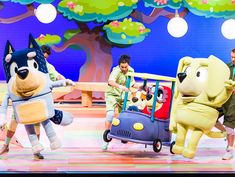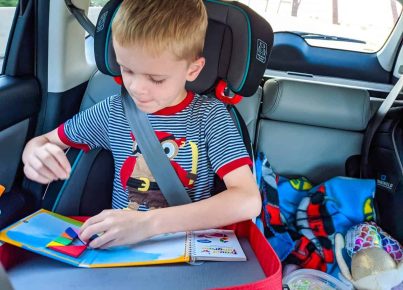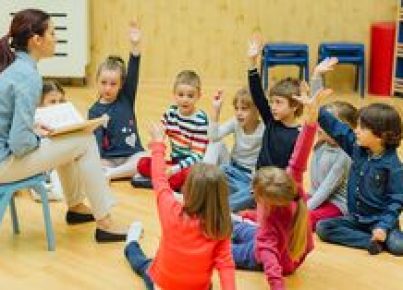In the midst of colorful animations and delightful characters, the Australian children’s television series Bluey is quite the trove of educational gold. The show, which centers around a loveable 6-year-old Blue Heeler pup named Bluey and her family, has transcended pure entertainment to become a significant resource for play-based learning.
Play-based learning is an approach that leverages the power of play to foster developmental and educational growth. This method supports children in learning social skills, problem-solving abilities, and cognitive development—all through the naturally engaging act of play. What better example of this teaching method than a show that revolves around creative play scenarios?
Bluey is exceptional at presenting relatable playtime adventures that encourage kids to use their imagination. The games that Bluey and her sister Bingo play range from everyday activities like visiting the market to purely fantastical role-playing as queens and dragons. These scenarios implicitly teach viewers about navigating social relationships, expressing empathy, and understanding various roles in society.
One key element of Bluey’s success in play-based learning is its demonstration of unstructured play. Unstructured play is not directed by adults but rather guided by the children’s own creativity and decision-making processes. This resonates profoundly with young audiences as they watch Bluey make choices—and sometimes mistakes—finding her way through fun-packed episodes.
The portrayal of parent involvement in playing with children is another cornerstone of the show that aligns with educational principles. Bluey’s parents frequently take part in her games, highlighting the importance of adult interaction in child-led play. This interaction isn’t overbearing but supportive and facilitative, modeling how parents can guide without dominating their child’s imaginative space.
Moreover, Bluey subtly introduces academic concepts within its playful context—shapes, numbers, colors are all woven into storylines seamlessly, providing an incidental learning experience. It also touches on emotional literacy as characters express feelings openly and work through them together.
In conclusion, educators looking to create a dynamic and supportive play-based learning environment could take a leaf out of Bluey’s book—or rather, episodes. The themes of imaginative freedom, emotional intelligence, parental engagement, cooperative playskills, and respectful communication are all portrayed within this charming series in ways that genuinely resonate with both young minds and their guardians alike. By incorporating Bluey into the classroom or homeschooling curriculum, educators can enhance their teaching practices with delightful narratives that encapsulate essential life lessons on growing up.





